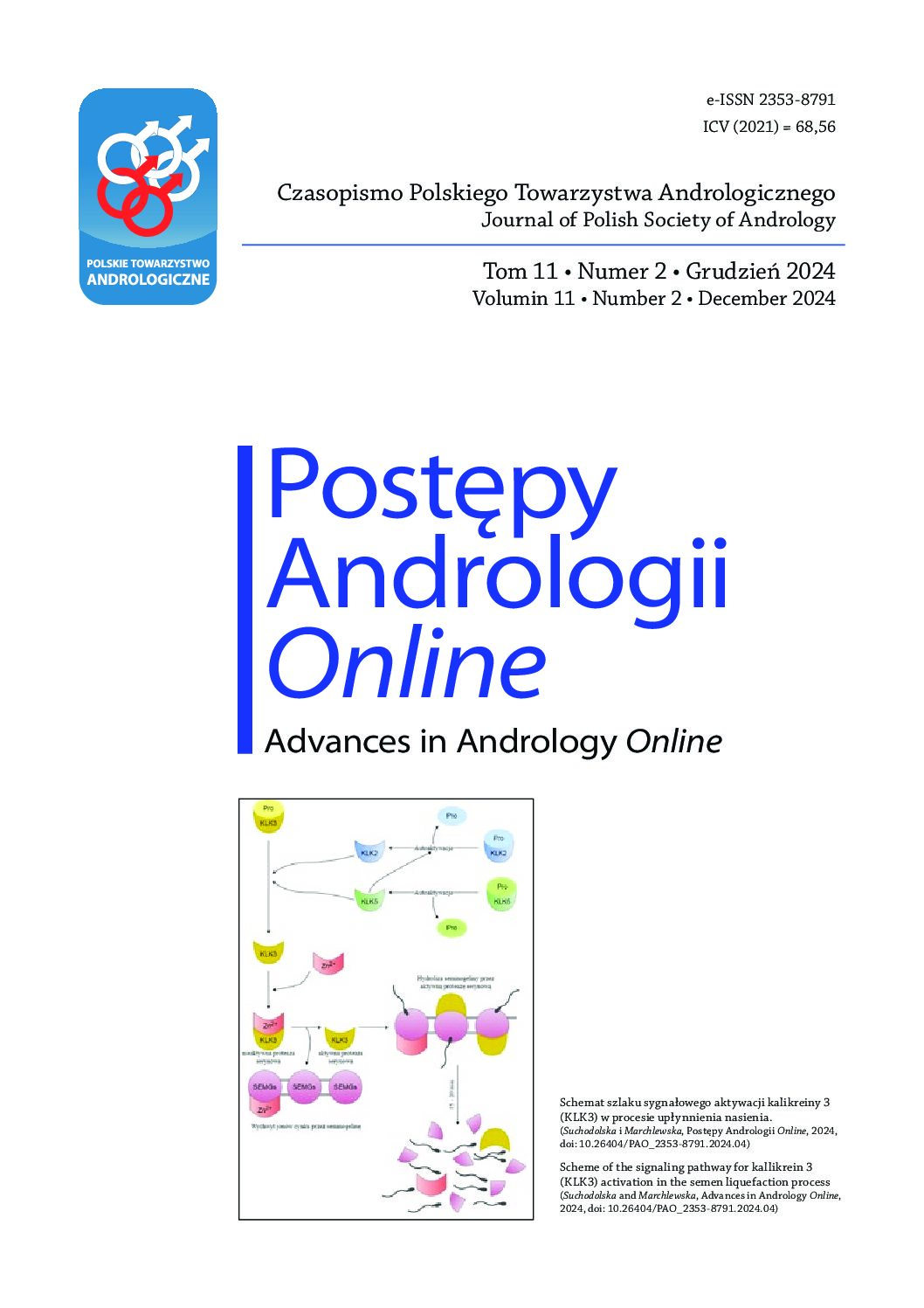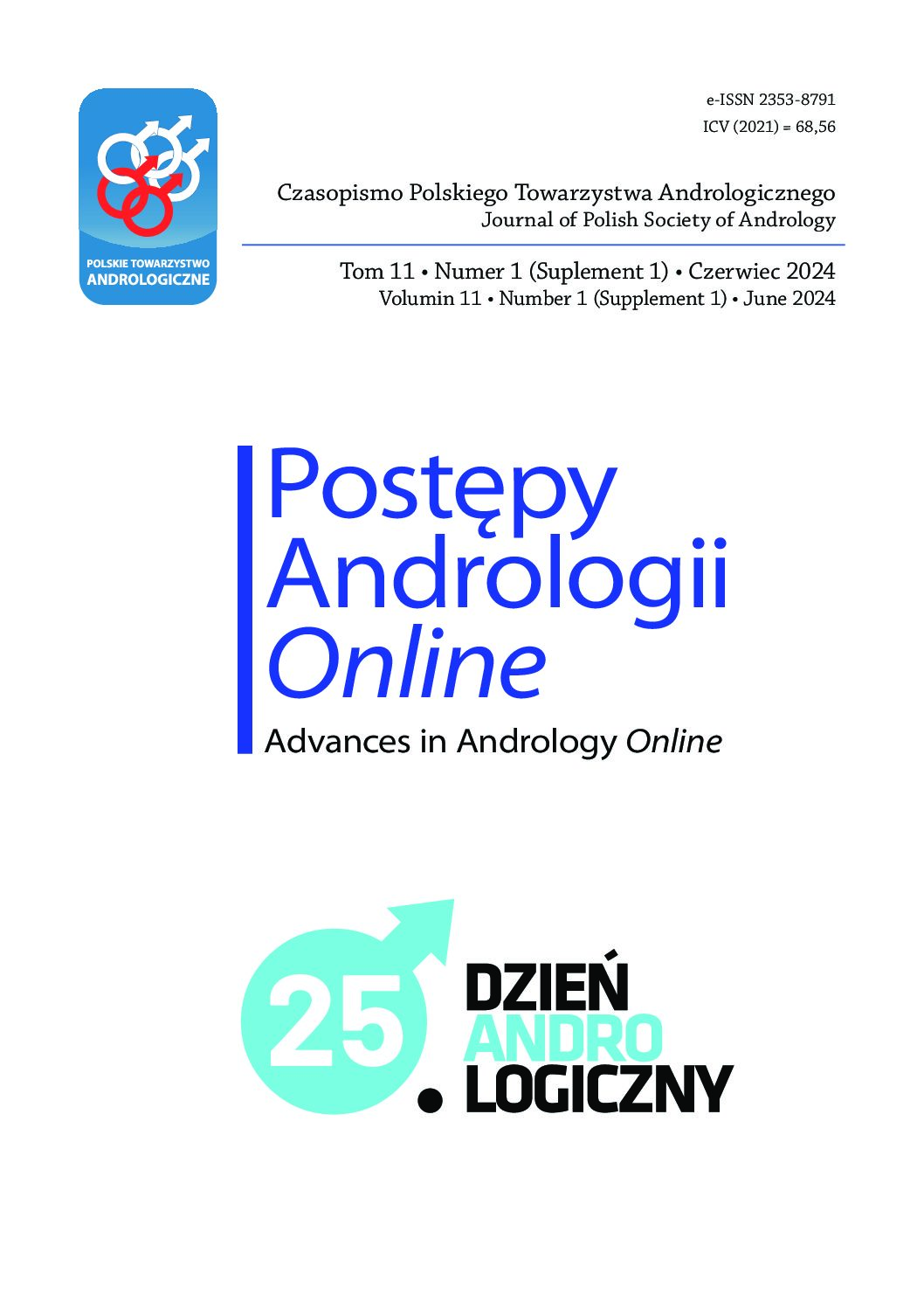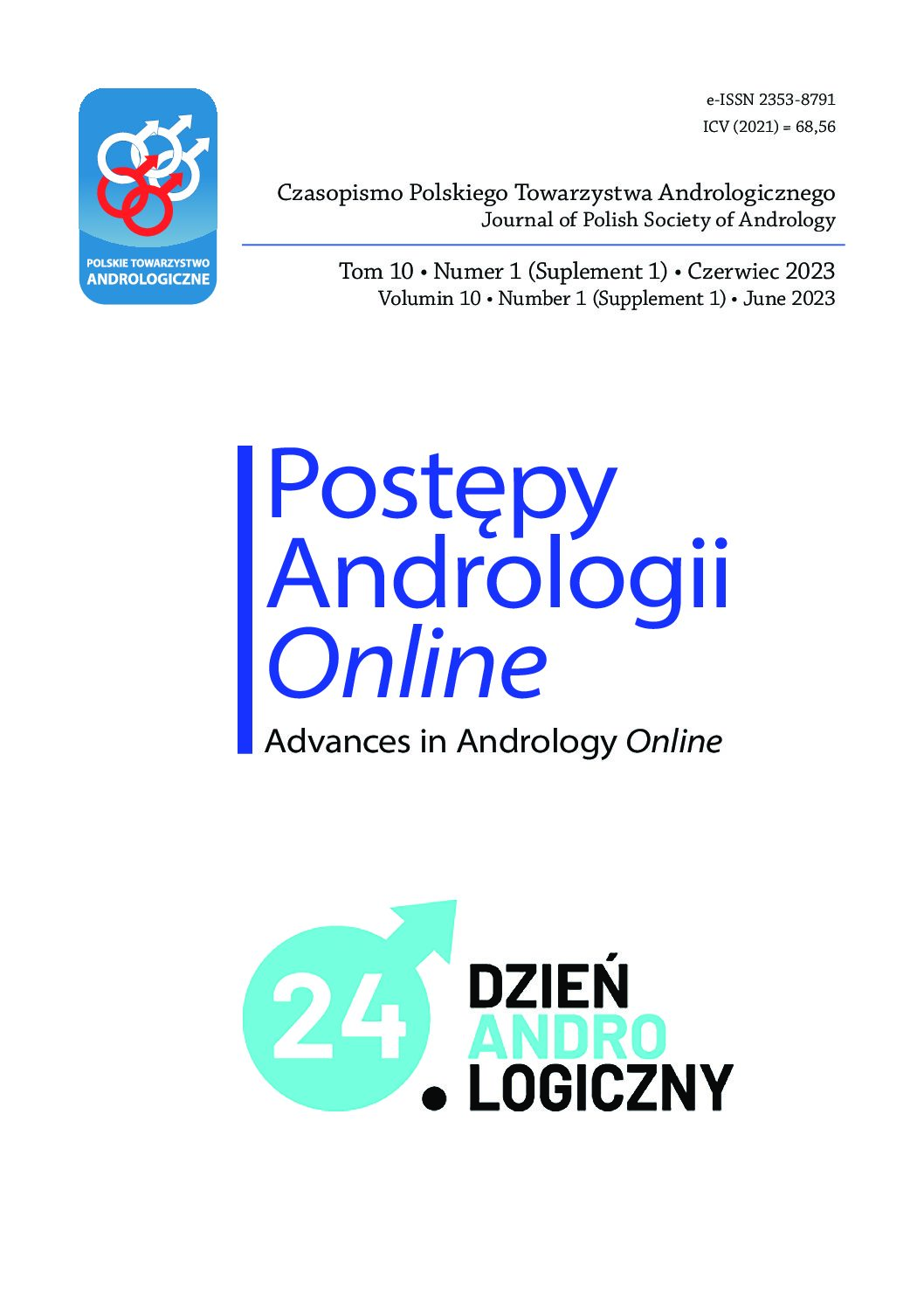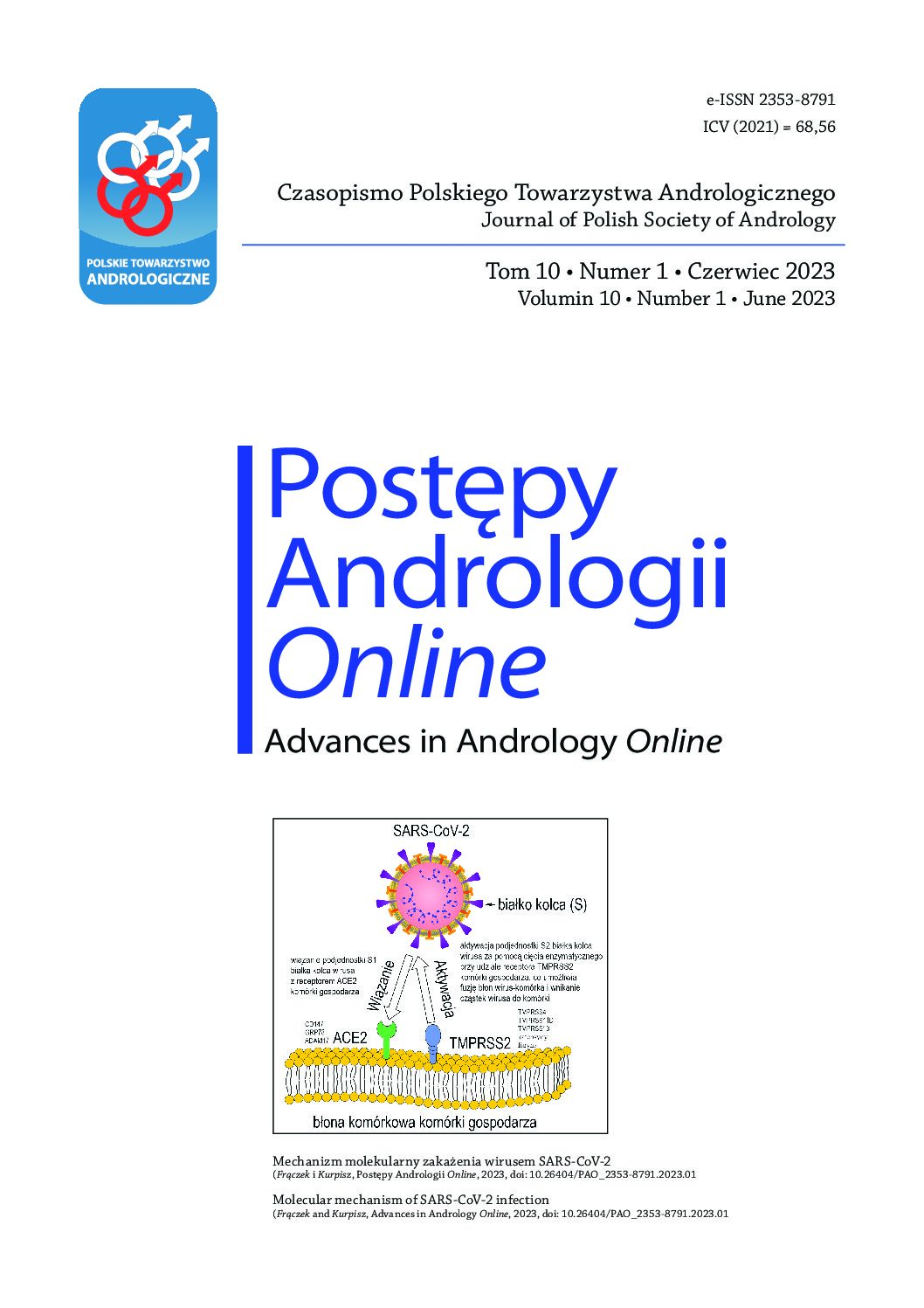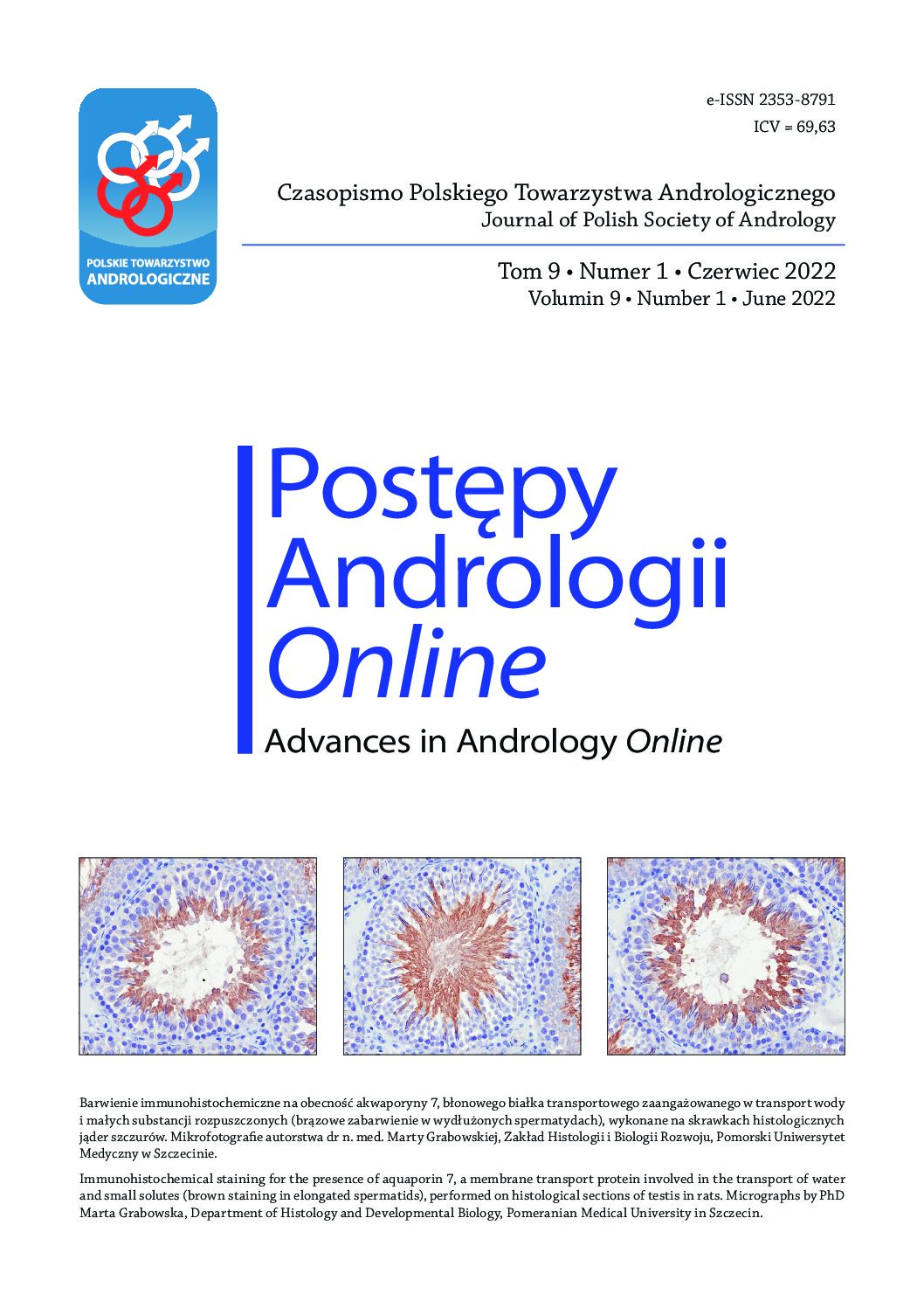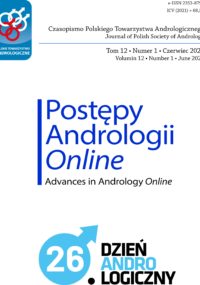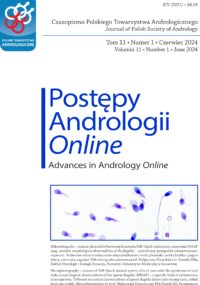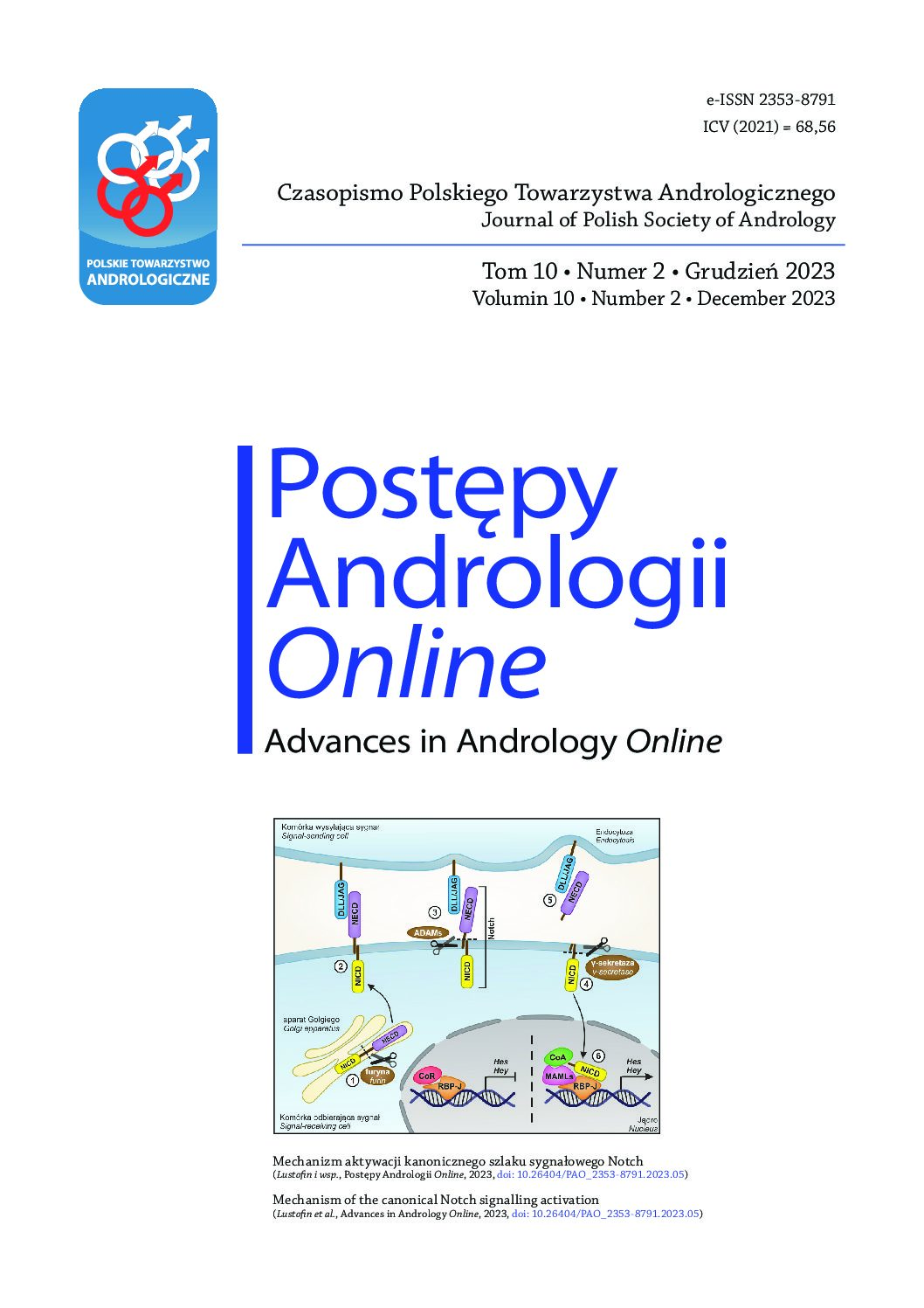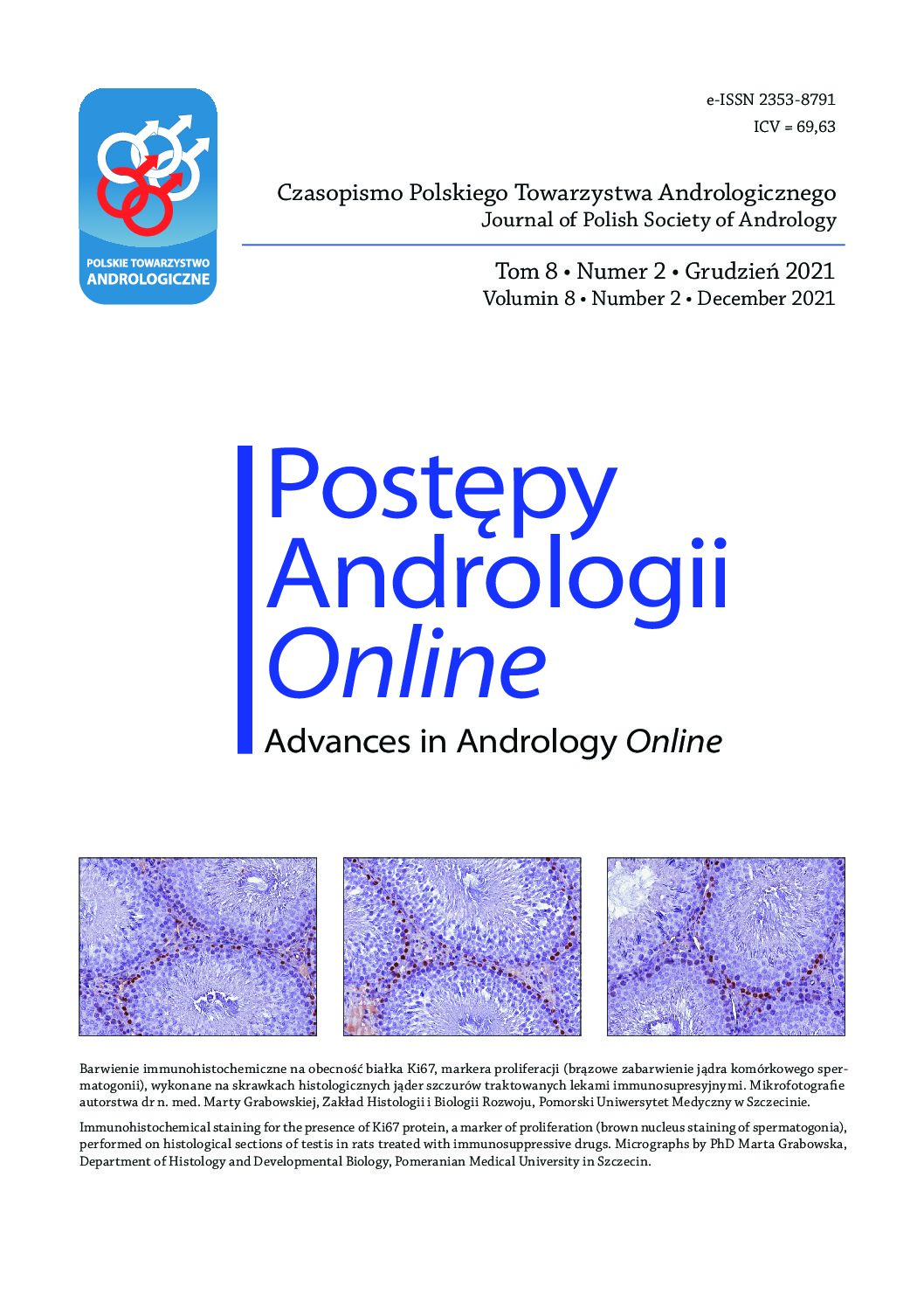The role and regulation of Notch signalling in the male gonad
The Notch signalling pathway, involved in contact-dependent intercellular communication (so-called juxtacrine communication), plays a key role in tissue development and homeostasis in animals and humans. Research conducted in recent decades has contributed to characterizing the expression of Notch pathway components and demonstrated their importance in the male gonad in mammals. Few reports thus far suggest that perturbations in Notch signalling are involved in the pathogenesis of testicular diseases. The article summarizes studies that allowed to understand the role of the Notch pathway in shaping the population of germ cells and Leydig cells in the foetal period. The significance of this pathway in the regulation of seminiferous epithelium and interstitial tissue in postnatal development and in the mature testis is also discussed. The last part of the paper is devoted to the mechanisms controlling Notch signalling in the mammalian male gonad. The main focus is put on the results of the latest research, indicating the importance of follicle-stimulating hormone, androgens, and oestrogens in modulating the activity of Notch pathway.
